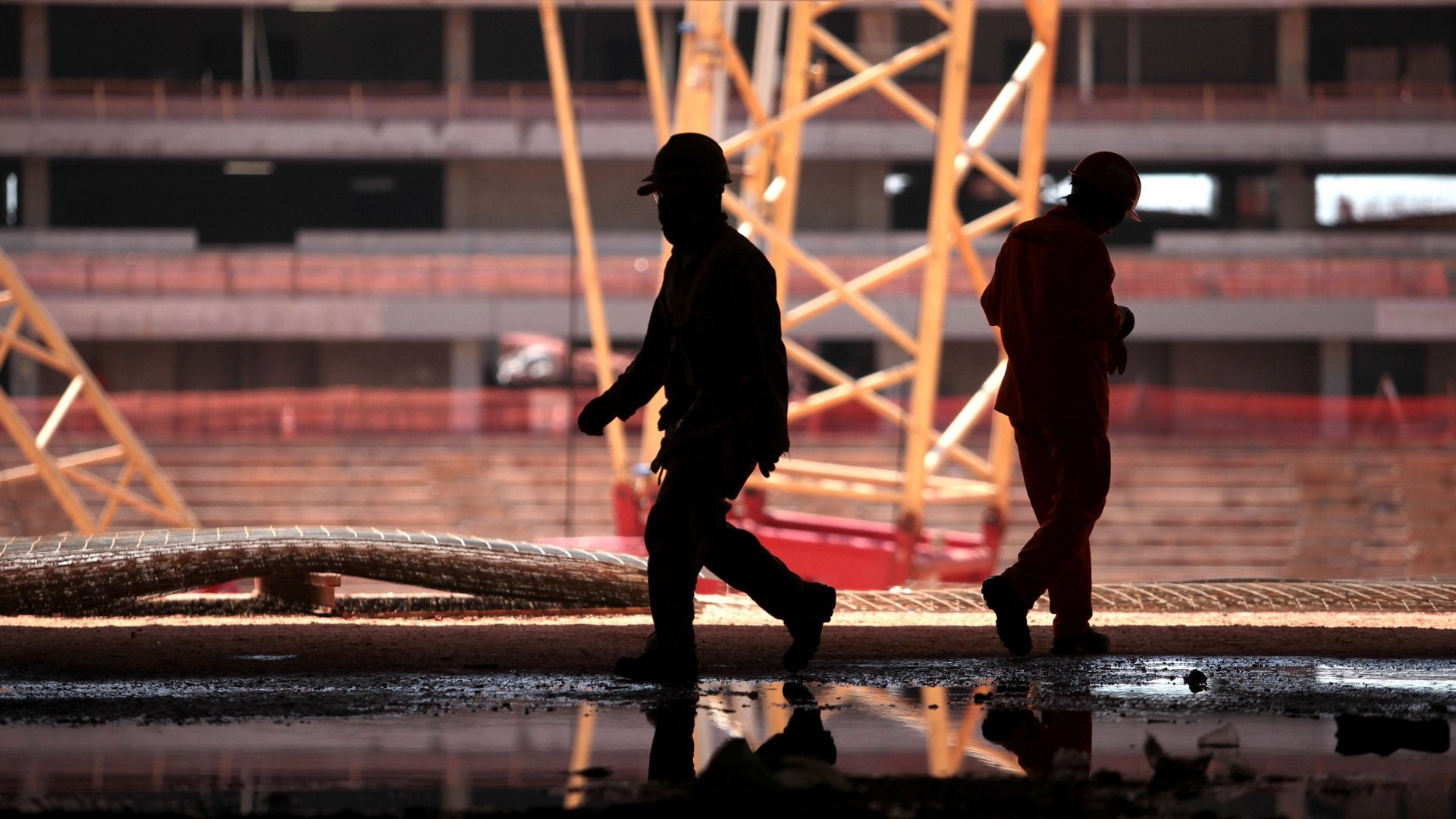GE’s growth in Brazil seeks to leapfrog over pollution and wasteful ways
Brazil proves it is possible: A country can be a laboratory for ideas about creating a future that protects, respects, and restores the environment, while meeting the needs of the prospering masses. The environmentally savvy population, business community, and policy leaders can lead by example as Brazil “leapfrogs” directly to technologies that make the most of precious natural resources.


Brazil proves it is possible: A country can be a laboratory for ideas about creating a future that protects, respects, and restores the environment, while meeting the needs of the prospering masses. The environmentally savvy population, business community, and policy leaders can lead by example as Brazil “leapfrogs” directly to technologies that make the most of precious natural resources.
The concept of leapfrogging is fitting here; it was popularized by Brazilian physicist and leading climate thinker Jose Goldemberg, who early on saw that developing nations could leap over polluting and wasteful legacy technologies directly to clean energy and efficient infrastructure.
Brazil provides some classic examples of this concept in action such as its fleet of flexible-fuel cars that can be filled with a mix of gasoline and sustainable biofuel that uses sugar cane as feedstock. Meanwhile, the country generates almost 90% of its electricity from renewable sources, mostly hydropower and biomass.
Of course, Brazil still faces environmental challenges. The country has made great strides in limiting deforestation, but is advancing technological solutions to end the practice altogether. Likewise, the country is increasingly faced with the broader impacts of energy development, including the building of new hydroelectric power.
Aggressive growth poses other challenges to this finely balanced sustainability scenario. Some 40 million Brazilians rose out of poverty in the last decade and helped create an innovative, world-class economy. Now, energy consumption is forecast to increase by 5% a year and new hydropower is both costly and faces opposition over its environmental impacts. Brazil can’t stand still—it must continue to innovate in order to meet these energy demands. GE has invested heavily in the country in recent years with an eye toward creating solutions for pressing needs in energy and infrastructure. This investment has paid off with 40 products that are, as we term it, “ecomagination qualified,” which means they have been validated by a third party as offering both environmental and operating benefits. Our 1.85-megawatt wind turbine, released in August, was designed specifically for the strong and steady breezes along Brazil’s 4,600-mile coastline. We also worked with Petrobras to develop an LM6000 gas turbine that can run on ethanol, saving 20 million liters of water in just one year compared to the same turbine using diesel.
In what is perhaps the most exciting energy challenge, drillers are preparing to access some of the world’s richest offshore oil deposits, known as “pre-salt,” which contain billions of barrels of recoverable oil. These reservoirs are deep under the sea, under a thick layer of salt that will demand new drilling technologies and great care. This requires solutions that can make resource extraction both safe and efficient. GE is supplying the technology for wellhead systems and to power drilling rigs and we will continue to partner with companies working on these sites.
GE’s role in Brazil will only grow as our new Global Research Center in Rio officially opens in 2013 to develop critical technologies in biofuels, systems integration, industrial software and computing platforms and subsea drilling. The goal here, again, is to leapfrog old technology and find the most efficient and responsible way to optimize resources.
Not only will this approach help grow Brazil’s economy, it will do so in a way that is environmentally and economically sustainable in the long term and puts the country in a position to be a world leader.